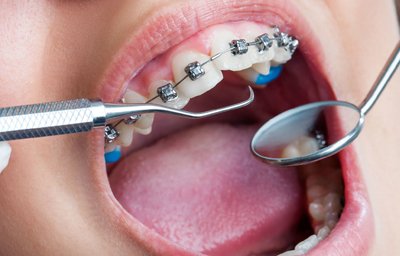Home ⇒ Orthodontic Braces
Orthodontic braces are dental devices used to correct misaligned teeth and jaws. They work by applying continuous pressure over time, gradually moving teeth into their desired positions. Braces are commonly used to address issues such as crooked teeth, crowded teeth, gaps, and malocclusions (improper bites). Here are key components and aspects of orthodontic braces

Orthodontic treatment with braces aims not only to improve the appearance of the smile but also to enhance overall oral health and functionality. The orthodontist will create a personalized treatment plan based on the individual’s specific needs and goals. Regular follow-up appointments are essential to monitor progress and make necessary adjustments.

Copyright © 2023 sarita sublok dental All Right Reserved. Designed by 